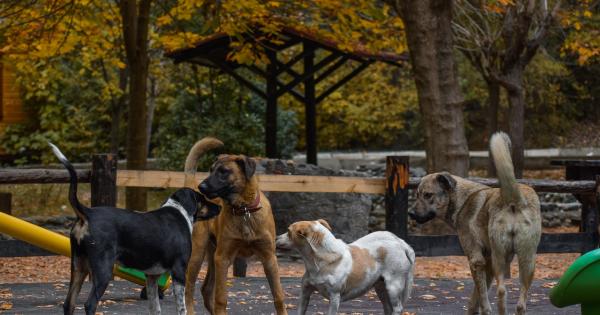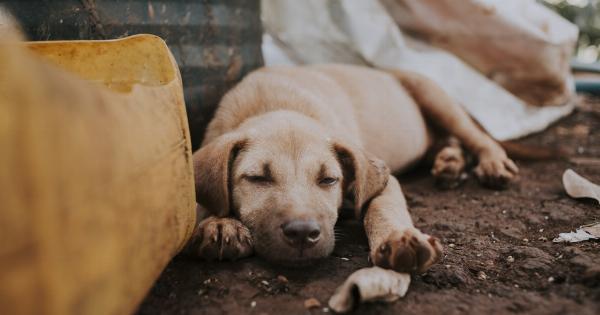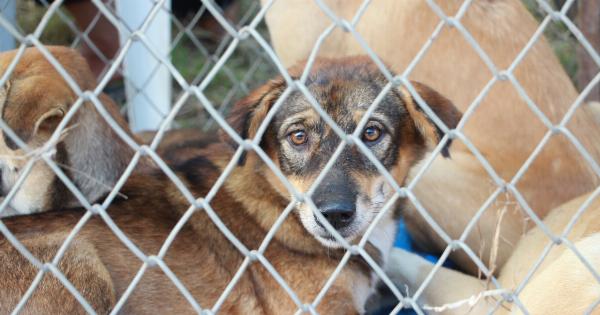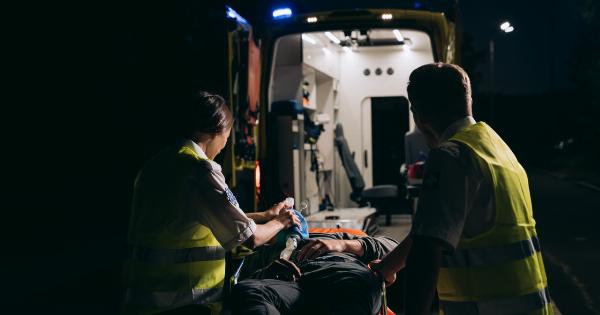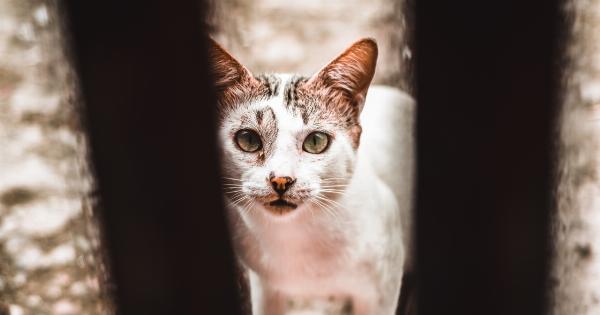The inhumane treatment of pigs in the agricultural industry has become a growing concern in recent years.
Pigs, highly intelligent and sociable animals, are subjected to unimaginable cruelty in factory farms, during transportation, and at slaughterhouses. This article aims to shed light on the appalling conditions faced by pigs and the urgent need to stop their inhumane treatment.
1. Factory Farming: A Life of Misery
One of the most common forms of pig cruelty occurs within factory farms. These overcrowded facilities prioritize profit over the welfare of animals, confining pigs to small gestation crates or barren concrete pens.
Gestation crates, typically measuring only 2 feet by 7 feet, severely restrict the pig’s movement, preventing them from engaging in natural behaviors or even turning around.
Pigs are highly intelligent animals, and such restrictive conditions lead to immense physical and psychological suffering. They are deprived of social interaction, mental stimulation, and the ability to forage or explore their surroundings.
As a result, many pigs develop behavioral issues such as aggression or repetitive behaviors caused by severe stress and frustration.
2. Transportation: Long Journeys with No Compassion
The mistreatment of pigs does not end within the confines of factory farms. Long-distance transportation exposes these sensitive creatures to further distress and abuse.
Packed tightly into overcrowded trucks, pigs endure hours or even days without sufficient food, water, or rest.
Transportation conditions are often extreme, with pigs subjected to extreme weather conditions, high stocking densities, and rough handling. Injured and weak pigs receive no respite, as their suffering is overlooked during the journey.
Many animals arrive at their destination with injuries or are already dead.
3. Slaughterhouses: Unimaginable Horror
The horrors continue for pigs at the slaughterhouses. In many cases, the methods employed for stunning and killing pigs are highly inadequate, causing unnecessary pain and suffering.
Common methods such as electrical stunning or carbon dioxide gas chambers often fail to render the pigs unconscious before the slaughter begins.
Due to poor training and negligence, many pigs are improperly stunned, resulting in conscious animals being subjected to throat slitting, scalding, or boiling water for hair removal.
The pain and terror these animals experience during their final moments is agonizing and completely unnecessary.
4. Alternatives to Inhumane Practices
It is crucial to emphasize that there are more humane alternatives to the current practices in pig farming.
Transitioning from gestation crates to group housing systems allows pigs to have social interaction and engage in natural behaviors, improving their overall welfare. Governments and regulatory bodies should enforce stricter regulations to ensure that pigs are provided with adequate space, bedding, and environmental enrichment.
When it comes to transportation, we must promote shorter journeys and the use of modern technologies to improve conditions.
Trucks should be equipped with climate control systems, ensuring that pigs are protected from extreme temperatures during transit. Additionally, the implementation of regulations mandating access to food, water, and rest becomes imperative.
In terms of slaughtering methods, the priority must be to invest in technologies that ensure proper stunning, rendering the animals unconscious before the commencement of slaughter.
Utilizing methods that minimize suffering, such as controlled atmospheric stunning and non-penetrating captive bolt, can significantly reduce the pain and distress experienced by pigs during this process.
5. The Role of Consumers
Consumers hold significant power in influencing change within the pig farming industry. By opting for ethically sourced pork products, such as those from free-range or organic farms, consumers can support more humane practices.
Choosing plant-based alternatives, whenever possible, is also an effective way to reduce the demand for factory-farmed pork and consequently its associated cruelty.
Supporting organizations that advocate for animal welfare in agriculture is another impactful action.
These organizations work tirelessly to expose the realities of the pig farming industry and push for legislative changes that promote improved treatment of pigs.
6. An Urgent Call for Change
The inhumane treatment of pigs is a stain on our society’s moral fabric. It is our collective responsibility to fight against the cruel practices that subject these intelligent and sentient beings to unspeakable suffering.
By raising awareness, supporting ethical alternatives, and demanding stricter regulations, we can work towards creating a world where pigs are no longer subjected to such inhumane treatment.
Together, we have the power to build a more compassionate society and provide a better future for these remarkable animals.





